The streets of Florence have witnessed an unexpected surge in foot traffic this summer, not for the usual tourist attractions, but for a series of workshops that have become the talk of the art world. The Florence Classical Painting Techniques Summer Program, a once-niche offering, has seen enrollment numbers triple compared to previous years. What was once a quiet gathering of dedicated students in tucked-away studios has transformed into a bustling hub of artistic revival.
At the heart of this phenomenon lies a growing disillusionment with digital art forms among young creatives. Marco Santini, director of the Accademia delle Arti e dei Mestieri where the program is hosted, observes: "We're seeing painters in their twenties who grew up with tablets in their hands now desperate to get pigment under their fingernails. There's a physicality to classical techniques that digital art can't replicate - the smell of linseed oil, the texture of gesso grounds, the way light interacts with real vermilion rather than pixels." The workshops focus on 15th-century methods including egg tempera preparation, verdaccio underpainting, and the meticulous layering techniques that gave Renaissance masterpieces their luminous quality.
The program's unexpected popularity reflects broader shifts in contemporary art education. Where art schools globally have been cutting traditional studio courses in favor of digital media programs, Florence's stubborn preservation of craft appears to be paying off. International students now outnumber Italian participants, with particularly strong contingents arriving from South Korea, Brazil, and Scandinavia. "In Copenhagen, we have excellent design schools but nothing like this," explains Signe Petersen, a graphic designer attending her second summer session. "Here, we're not just learning techniques - we're being initiated into a lineage that connects directly to Botticelli's workshop."
Local businesses have taken notice of this cultural shift. Art supply shops near the Accademia report unprecedented demand for rabbit skin glue and genuine lapis lazuli pigment. "Last month I sold more gold leaf than in the past five years combined," marvels Luca Ferraro, whose family has operated Colorificio Fiorentino since 1923. Even Florence's hospitality sector is adapting, with several boutique hotels offering "artist residency" packages that include easel rentals and extended checkout times for plein air painting sessions.
This renaissance of interest hasn't come without challenges. The Accademia has had to turn away hundreds of applicants due to limited studio space and the intensive nature of the instruction. "These techniques require one-on-one guidance," explains master instructor Giovanna Bellini. "You can't properly teach someone to grind pigments or prepare a wooden panel via Zoom, and we refuse to compromise on quality." Waitlists for next year's program are already forming, with rumors circulating about potential winter sessions to meet demand.
The psychological dimension of this trend intrigues cultural analysts. Dr. Eleanor Castillo, an art historian tracking the movement, suggests: "There's something profoundly countercultural happening here. In an age of infinite digital replication, these students are seeking the irreproducible - the slight tremble in a hand-drawn line, the happy accident of brush bristles leaving their mark. It's about reclaiming the human fingerprint in the creative process." This sentiment echoes through the studios, where students speak of the meditative quality of preparing their own materials and the satisfaction of skills earned through physical repetition.
As the summer heat lingers over the Arno, the workshops continue their intense schedule. Mornings begin with the rhythmic tapping of mallets preparing gesso panels, afternoons hum with the scrape of palette knives mixing putty-like paint, and evenings often find students lingering under the vaulted ceilings, debating whether modern conservation methods betray the spirit of the techniques they're learning. The program has inadvertently become a living museum - not of finished artworks, but of the centuries-old processes that made them possible. For Florence, a city accustomed to preserving its artistic heritage behind velvet ropes, this hands-on revival offers a compelling new chapter in its enduring story as the cradle of Western art.
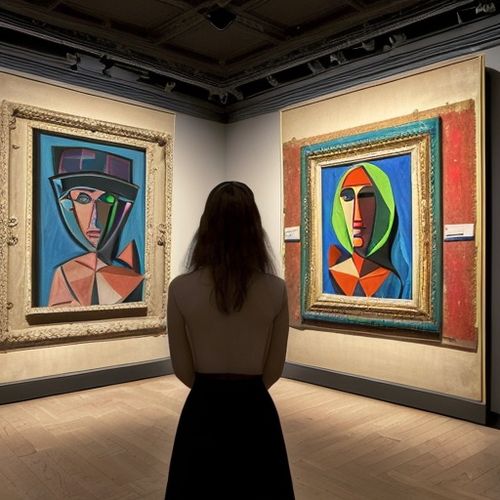
By James Moore/Apr 12, 2025
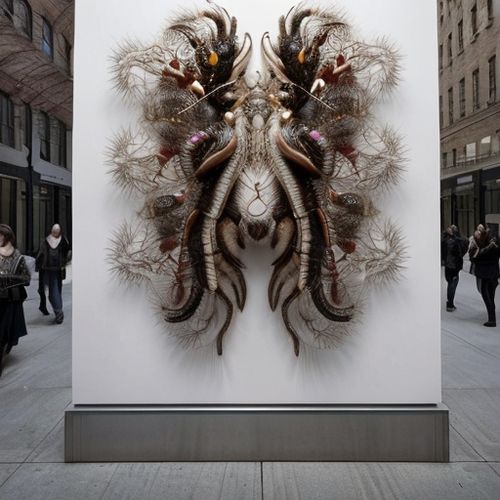
By Grace Cox/Apr 12, 2025

By Ryan Martin/Apr 12, 2025
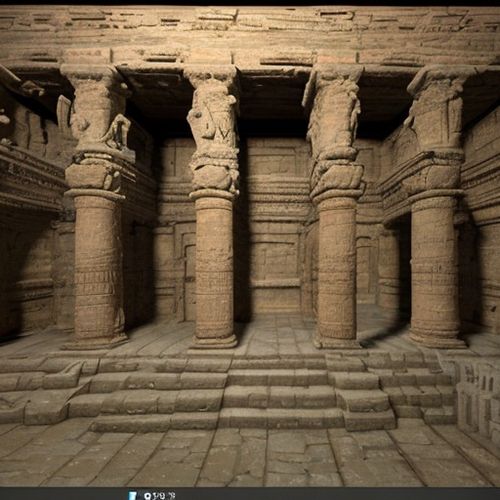
By Lily Simpson/Apr 12, 2025
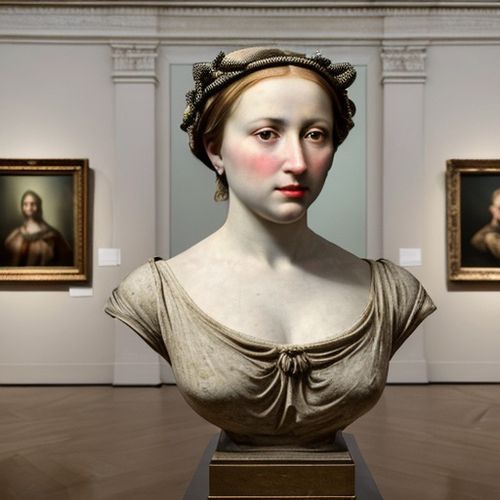
By William Miller/Apr 12, 2025

By Michael Brown/Apr 12, 2025

By Laura Wilson/Apr 12, 2025
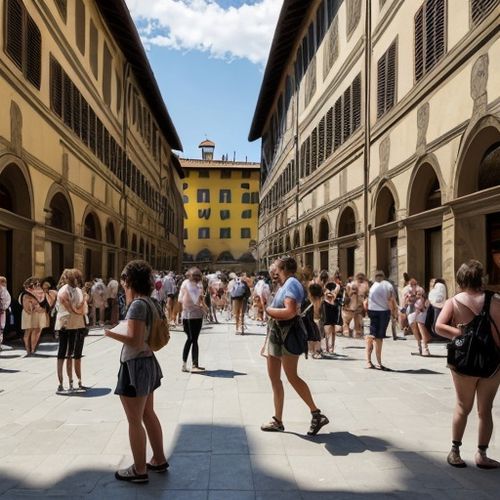
By Emma Thompson/Apr 12, 2025
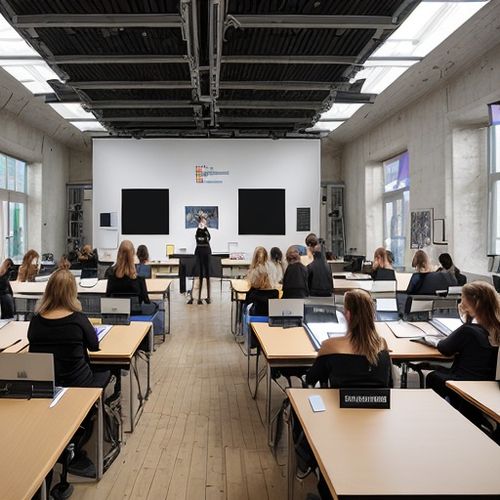
By James Moore/Apr 12, 2025

By Emma Thompson/Apr 12, 2025
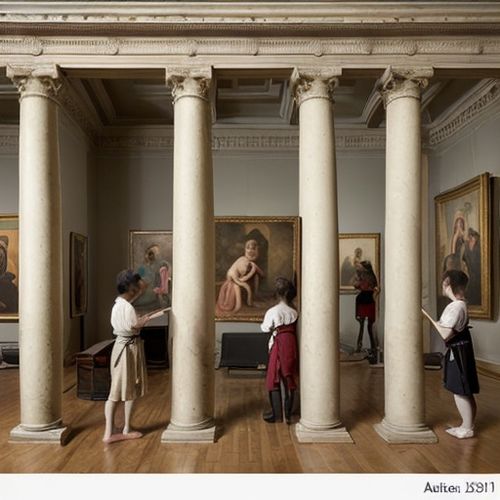
By Ryan Martin/Apr 12, 2025
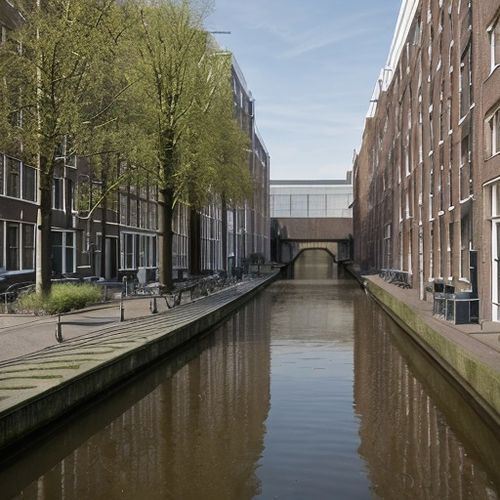
By Victoria Gonzalez/Apr 12, 2025
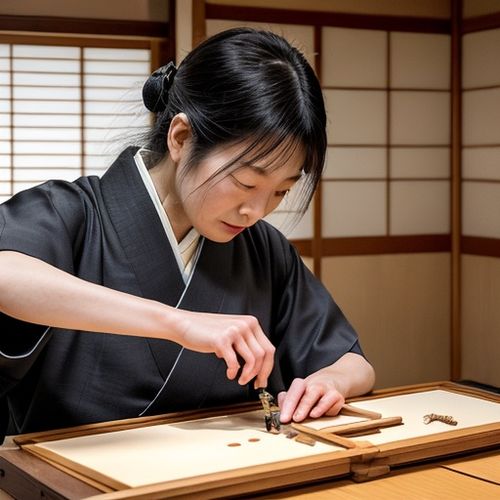
By William Miller/Apr 12, 2025
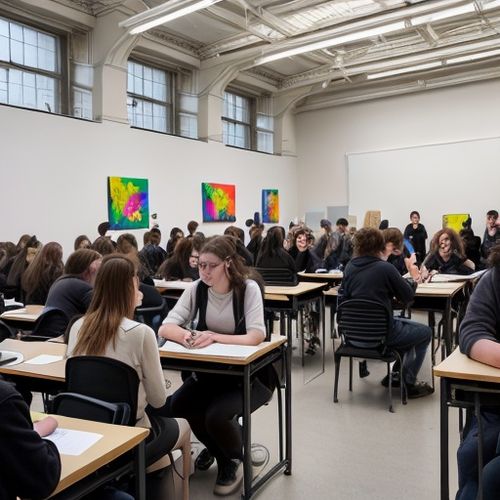
By Grace Cox/Apr 12, 2025
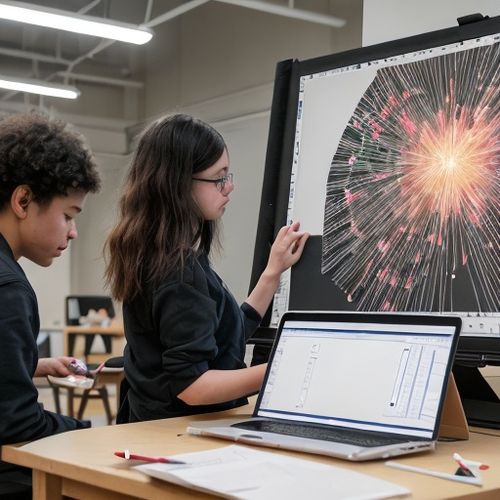
By Sophia Lewis/Apr 12, 2025
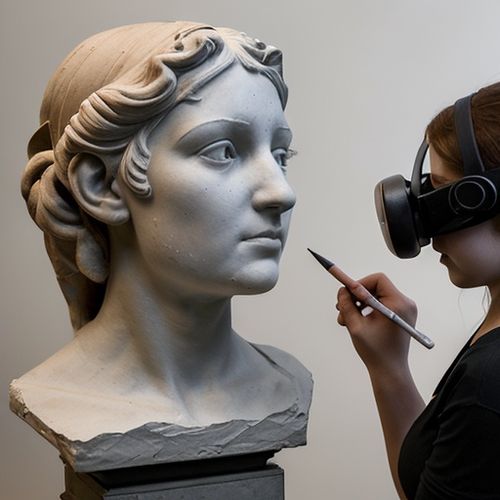
By Amanda Phillips/Apr 12, 2025
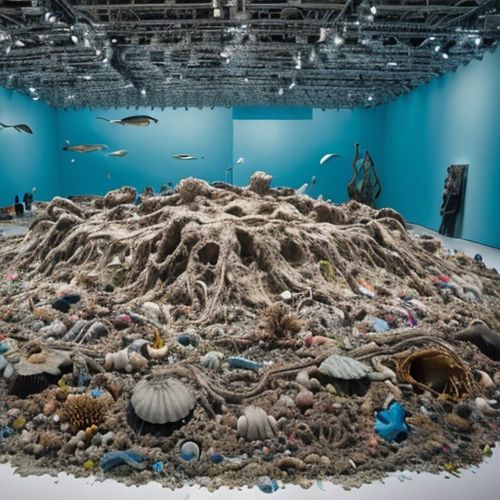
By William Miller/Apr 12, 2025
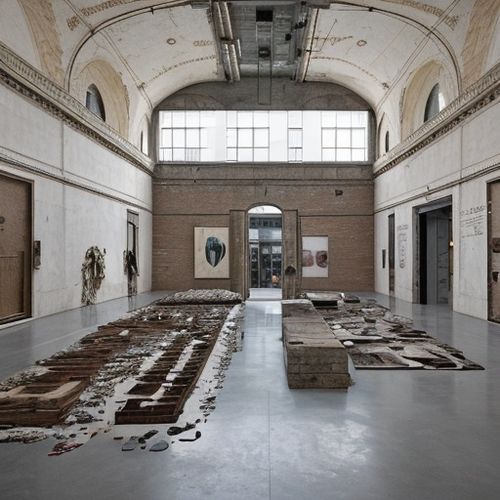
By Sarah Davis/Apr 12, 2025
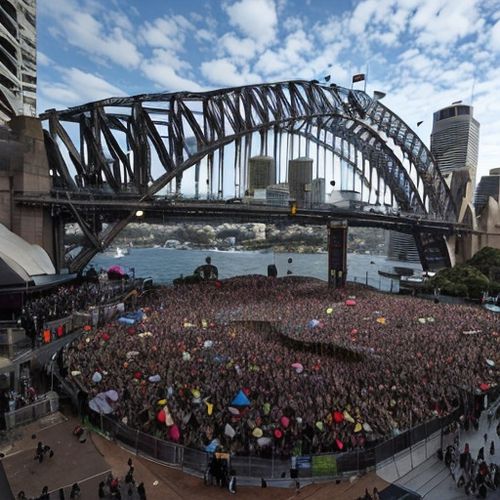
By Jessica Lee/Apr 12, 2025
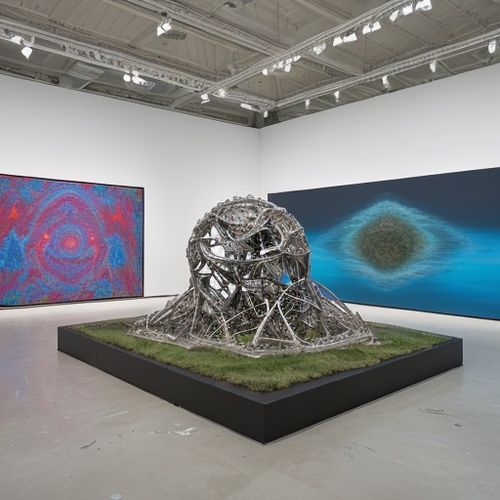
By Emma Thompson/Apr 12, 2025